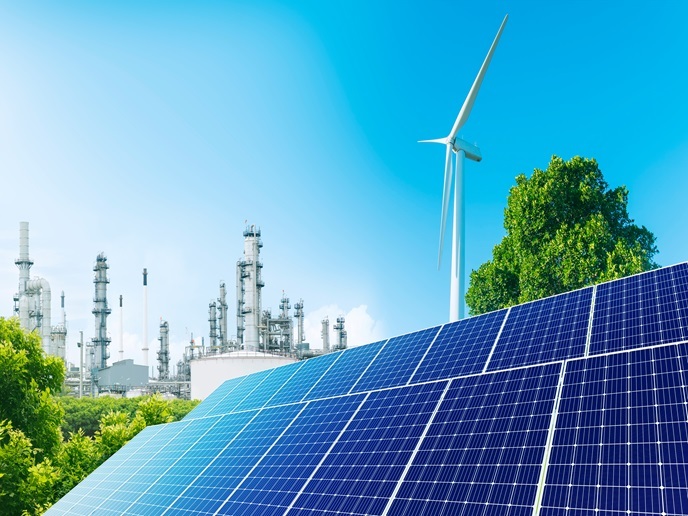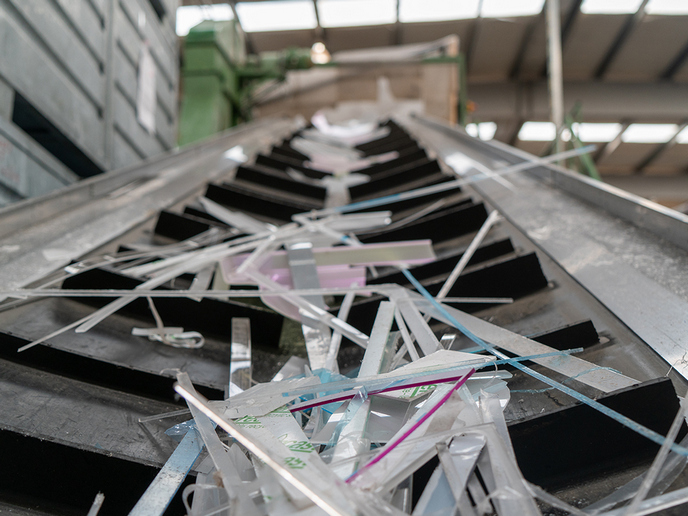Ensuring renewable energy stays green from source to socket
Transitioning away from fossil fuels is critical to creating a sustainable energy supply. But this requires more than harnessing renewable energy sources – it also requires the energy to be converted and stored in an environmentally friendly manner. “Because the wind doesn’t always blow and the sun doesn’t always shine, renewable energy can’t always be produced,” says Marijke Jacobs, a scientist at the Flemish Institute for Technological Research (VITO). “Instead, we must find ways to be able to convert and store that energy for later use.” Currently, the most promising way of doing so is with what is called solid oxide electrolysis technology (SOEC). While SOEC is an efficient method for converting electricity into hydrogen fuel, the device is comprised of cells made from rare earth elements such as lanthanum. “The cost of these elements is heavily influenced by the industrial and economic policies of rare earth-producing countries,” adds Jacobs. “Any increase in the cost of rare earths may endanger the commercialisation of SOEC-based technologies.” The EU-funded NOUVEAU project is helping to mitigate these risks.
Sustainable energy conversion
Coordinated by VITO, the NOUVEAU project created a sustainable, cost-effective solution for converting renewable energy. At the heart of that solution is an innovative solid oxide cell designed as a potential alternative to traditional cells. “This innovative electrode material, when used in combination with advanced coating methods, has the potential to significantly reduce the use of rare earth elements in SOEC technologies,” explains Jacobs. To better understand the potential of this development, researchers created a comprehensive virtual modelling database to calculate and predict the material properties of SOEC electrodes. This database, together with the project’s experimental work, allowed researchers to identify the most promising composition for alternative electrodes.
A circular solution
While the main goal of the project was to reduce the use of rare earth elements in the manufacturing of solid oxide cells, researchers also saw an opportunity to go one step further. “To design a truly sustainable solution, we also looked at the manufacturing and end-of-life processes,” notes Jacobs. In terms of what happens to the cells once they can no longer be used, researchers developed innovative strategies to ensure that such critical elements as yttrium could be recycled and reused, reducing the need to mine new rare earth elements. “Not only does NOUVEAU offer a sustainable and cost-effective alternative to the current SOEC technologies used for generating hydrogen, it also helps enable a circular economy,” concludes Jacobs. The project team continues to advance its research on SOEC technology, with a particular focus on integrating safe and sustainable by design principles into their processes.
Keywords
NOUVEAU, sustainable, renewable energy, rare earth materials, solar energy, fossil fuels, solid oxide electrolysis technology, SOEC, rare earth elements, electrode material, hydrogen, circular economy, safe and sustainable by design







